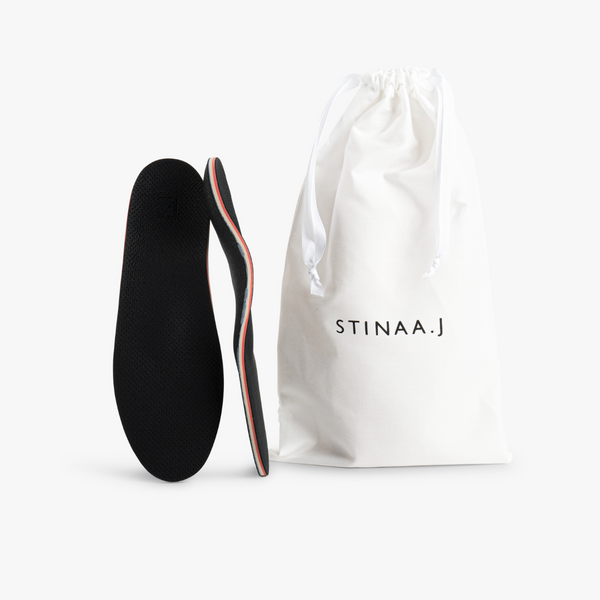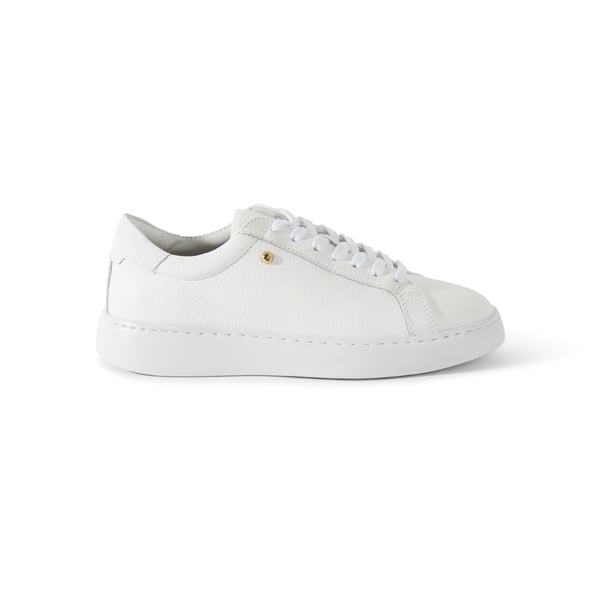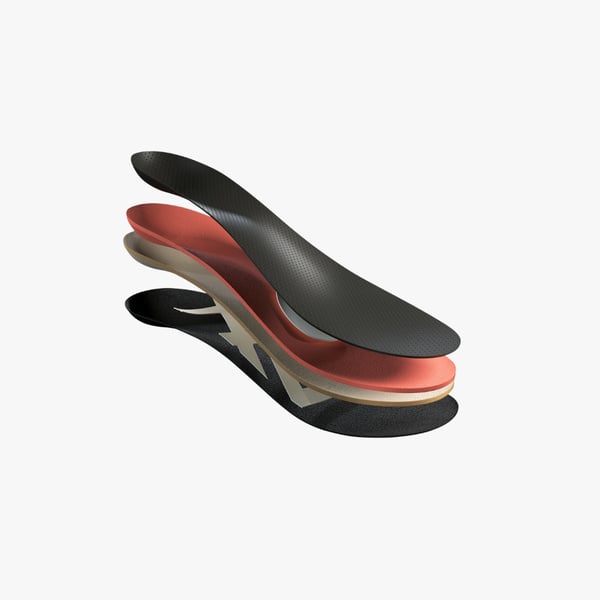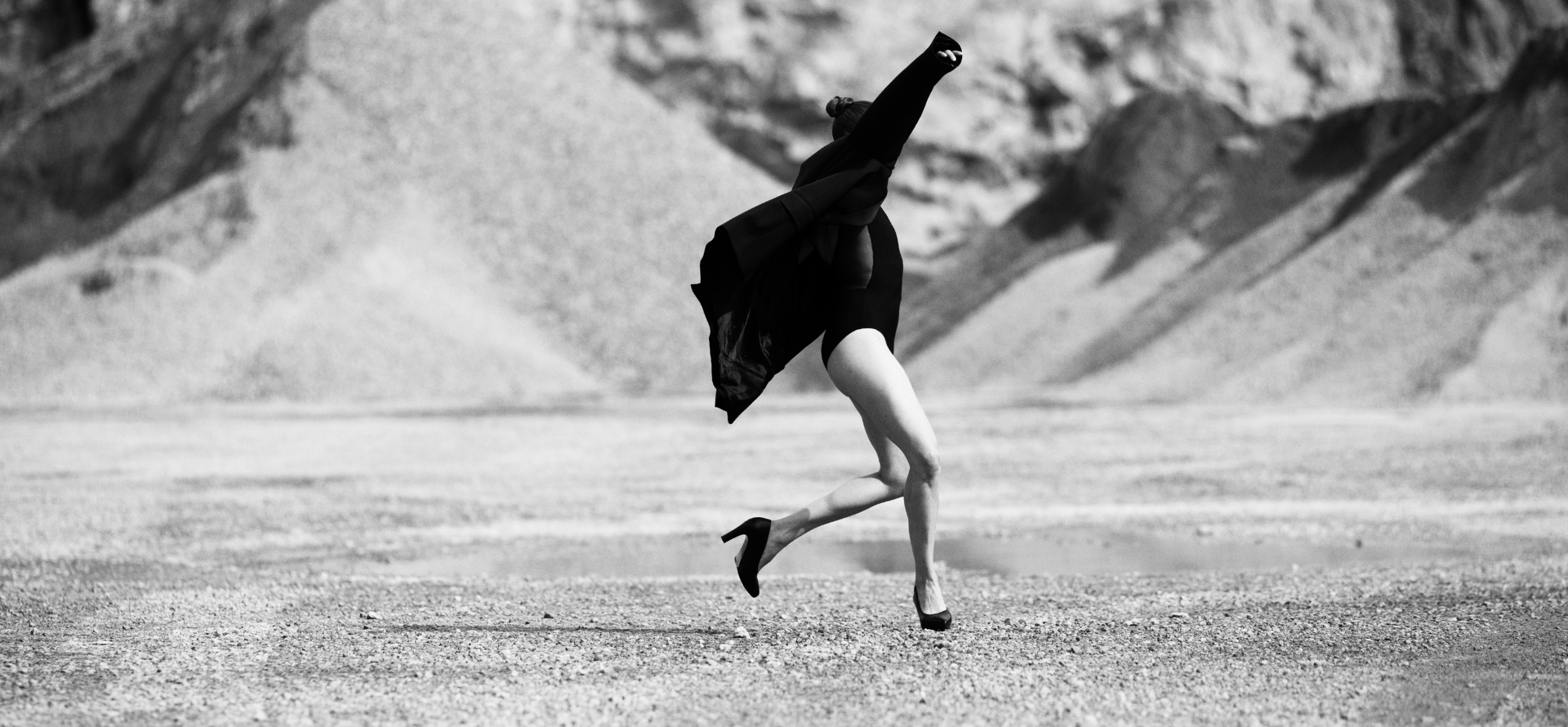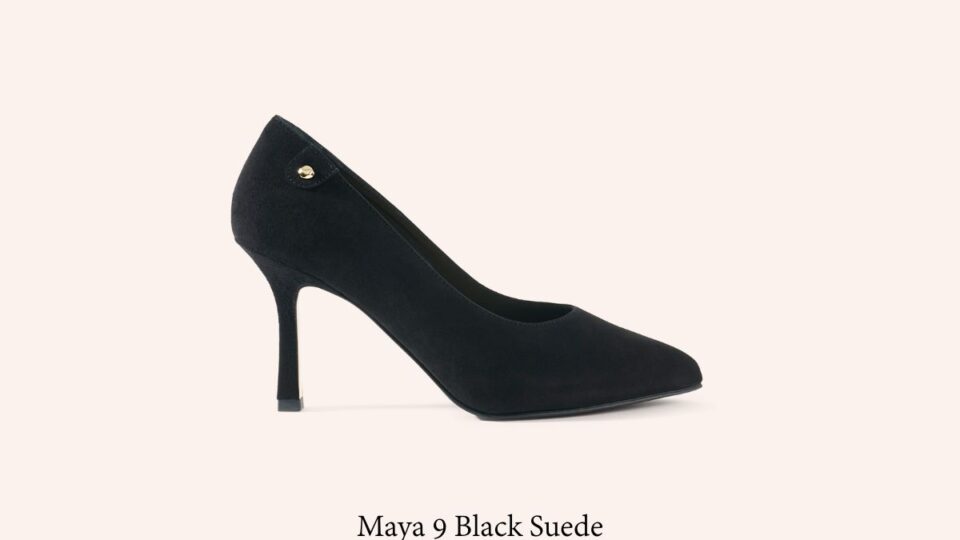Knee osteoarthritis is a disease that begins in the cartilage of the knee joint. Healthy cartilage is strong and elastic, acting as a shock absorber and smooth surface for the knee joint. With knee osteoarthritis, the cartilage gradually thins and may eventually disappear entirely. To alleviate the discomfort of osteoarthritis, you can use shoes with good stability and cushioning, as well as orthopedic inserts.
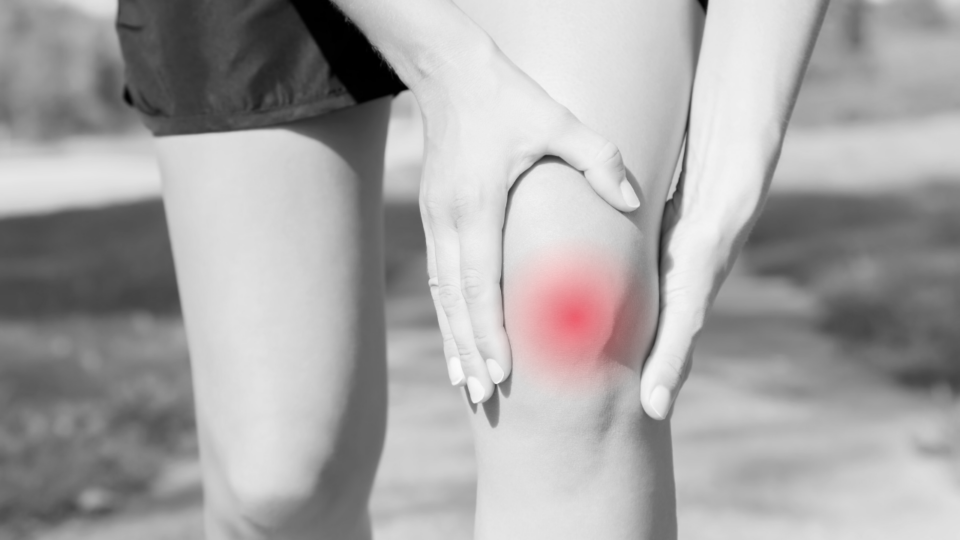
What is knee osteoarthritis?
Osteoarthritis is a joint disease where the quality of the protective cartilage in the joints deteriorates, resulting in pain and reduced mobility in the affected joints. Knee osteoarthritis is very common; about 46 percent of all people will develop it in their lifetime. Knee osteoarthritis cannot be cured today, but some treatments can relieve symptoms.
Symptoms of knee osteoarthritis and underlying causes
In your knees, the tibia and femur meet in the knee joint. They are covered with cartilage to allow the bones to glide easily against each other when you move. In knee osteoarthritis, the protective cartilage has either thinned or completely disappeared, resulting in the hard ends of the bones rubbing against each other and causing inflammation in the joint. Daily life is often significantly affected because your knees bear most of your body weight with each step.
It is common for osteoarthritis symptoms to worsen gradually over time. If you have weak leg muscles, have previously injured your knee, or are overweight, you are at greater risk of developing knee osteoarthritis. With knee osteoarthritis, feeling stiff, painful, and swollen is common. If the cartilage has weakened on the inside of your knee, you may become bow-legged, which leads to further misalignment of your knees and the risk of more severe problems. Osteoarthritis often follows a pattern of flare-ups, with periods of significant discomfort followed by periods when you are completely symptom-free.
Common problems with osteoarthritis include:
- Stiffness and decreased mobility in the joints
- Joint pain, which can occur during movement but also at rest
- Load pain
- Difficulty walking and running

